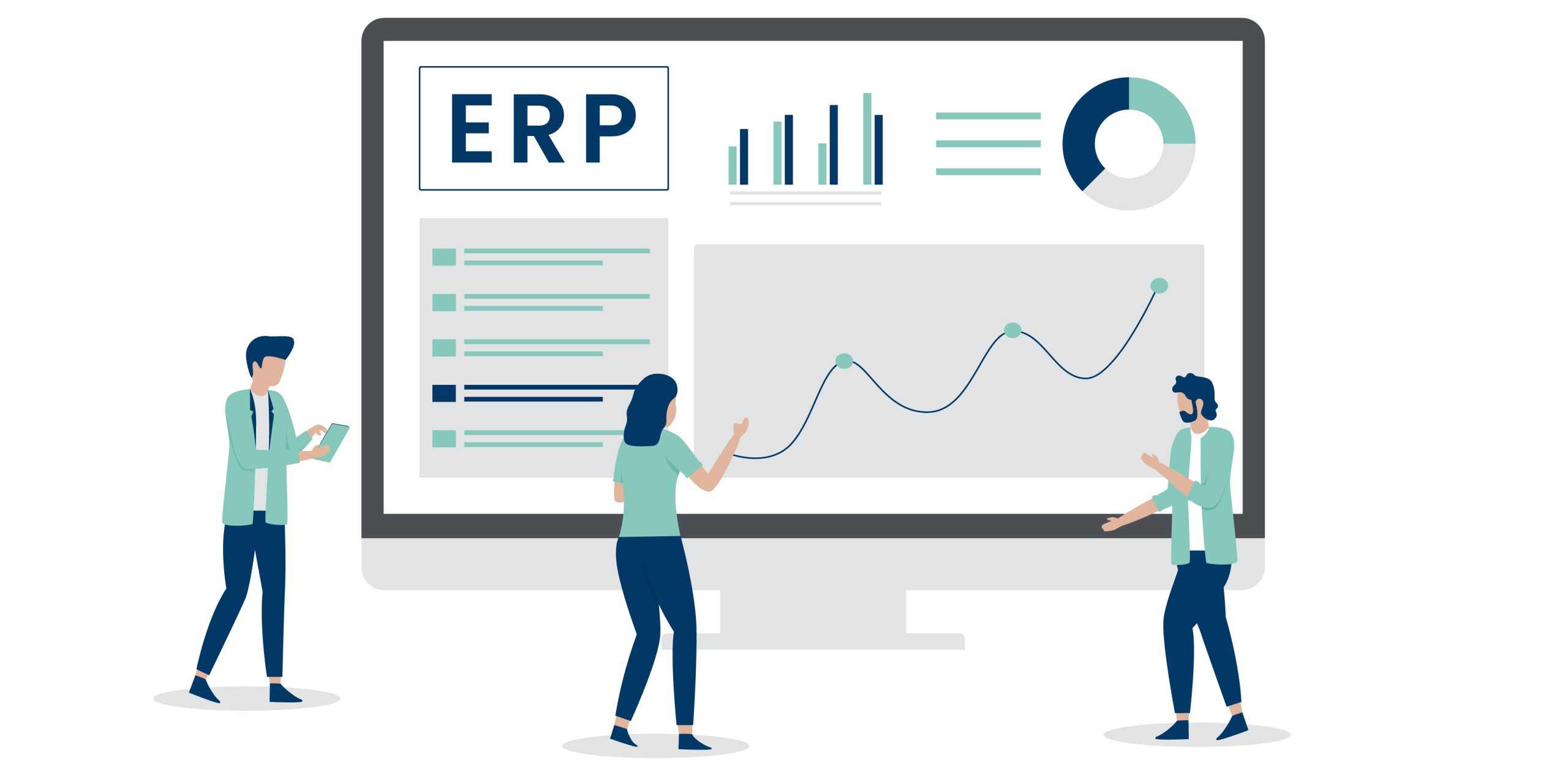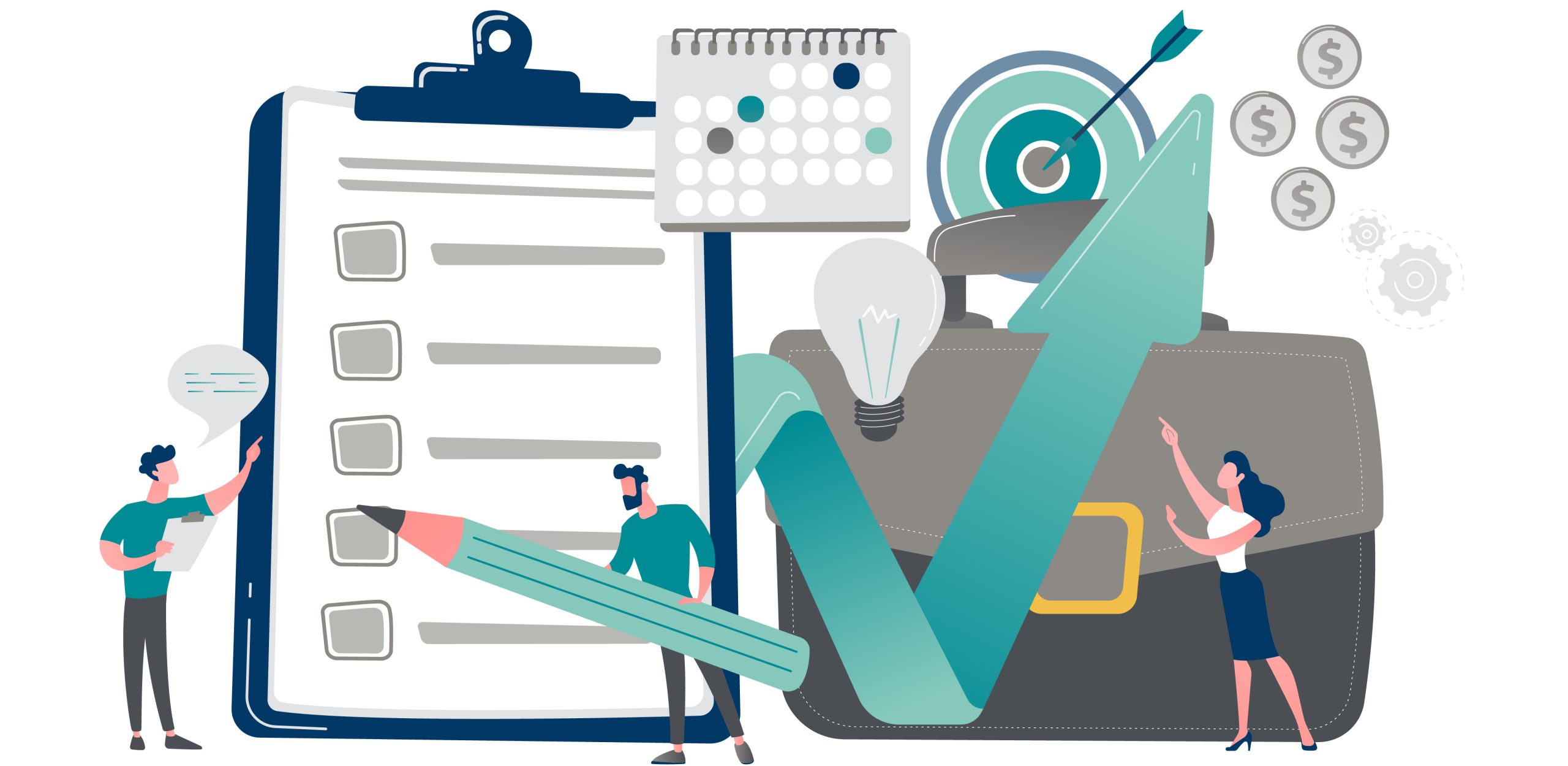Best Practices for Integrating Your ERP System to Financial Close Software
Blog post
Share
The financial ecosystem, ranging from ERP systems to close management software to financial planning and analysis (FP&A), contains a myriad of organizational and operational data. As businesses handle thousands of figures, from general ledger balances to balance sheet reconciliations, it’s understandable that navigating the month-end close with disjointed documents can be overwhelming.
It’s a common myth that ERP systems can easily handle all financials, all the way up to the financial close. In fact, many organizations find themselves migrating outside of their ERPs and completing the close with spreadsheets and other legacy tools. Without a central solution in place, finance teams are struggling to reconcile and match balances in a timely manner, essentially leading to an increase in risk and reporting errors.
While incorporating an automated close solution to your financial stack may seem burdensome, doing so enables accounting teams to dedicate their hours to value-added activities. By following these four best practices, you can guarantee that your team and organization will thrive when integrating your ERP system, or systems, to financial close software.
Best Practice #1. Evaluate Current Systems and Workflows
Before modernizing financial processes, start off by evaluating your current financial close processes. Are there gaps that exist? Are you bringing in your IT team to handle data extraction? Do you have to migrate outside of the ERP instance to successfully complete the close? Is your team struggling with a centralized workflow?

By highlighting your organization’s existing processes, you can then identify those challenges and turn them into opportunities by integrating your ERP system, or systems, into financial close software. Automation software takes the heavy load off accountants by automatically uploading data and pinpointing discrepancies from general ledgers, transactions, and more; this allows F&A teams to pivot their focus away from manual processes and towards strategic value-added initiatives.
Best Practice #2. Foster Ongoing Communication
Integrating ERP systems to automation software is an ongoing process and requires continuous communication with team members and other departments. Rather than restricting the progress of integration to the finance team, C-suite executives and IT department members should be included in the integration journey to further improve the accountant’s role as a business advisor.
“Digital technology is a tool to help you move from [manual processes] to modern finance. Modern finance requires technology to eliminate a lot of the transactional activity, moving [accountants] from a score-keeper to a true business advisor.” –Eric Liebross, Auxis
Transitioning away from manual-heavy processes outside of ERP systems also requires a collaborative effort throughout the entire business organization. By keeping a close partnership, organizations can successfully enable the implementation of new technology for all users involved. Having an ongoing conversation between multiple departments ensures that there is continued communication and growing relationships between teams.
Best Practice #3. Set ROI Goals
Writing down your current return on investment and defining the number of days it takes to complete specific portions of the financial close helps to outline your current process. How many does it require to match transactions? How many hours, or even days, are spent per month performing account reconciliations? Putting numbers down on paper helps to pinpoint areas for improvement and to help establish your organization’s ROI goals. Are there additional goals your financial team can benefit from? What are the benefits of achieving these goals?

When establishing financial goals, be realistic with the timeline; communicate short- and long-term goals with your team. How are your goals going to be best achieved? What will set your team up for success? Close communication and collaboration can help identify any bottlenecks and challenges your accounting team may be facing, allowing you to adapt as necessary to best achieve those short- or long-term financial goals. Set a realistic roadmap to define the financial automation journey and highlight those key initiatives.
Best Practice #4. Ensure Seamless Transition
As organizations migrate their financials outside of ERP systems, it’s crucial that they have a strategy in place to streamline that transition from the ERP to the financial close solution. By ensuring all team members fully understand the transition from the ERP financials to automation software, you can minimize any barriers in the process.
While accountants may be more familiar and comfortable navigating the financial close in spreadsheets and other legacy tools, the shift to a more automated workflow will free up valuable time for finance teams. Rather than dedicating overtime hours to routine tasks, accountants can use quantitative data to alert financial leaders and C-suite executives as to the progress of the close and best guide the organization long-term.

Migrating outside of the ERP ecosystem may seem overwhelming at first but bridging the gap from the ERP to financial close software offers organizations more strategic and growth opportunities. Navigating away from manual-heavy processes also empowers finance teams to share their wealth of knowledge of financials with the entire organization rather than dedicating their hours reconciling and matching accounts.
By implementing these four best practices, you can set your team–and organization–up for success and ensure your business is on the path to growth. Complement and maximize your ERP investment by minimizing the gaps that exist in your financial close.
Written by: Alex Clem


